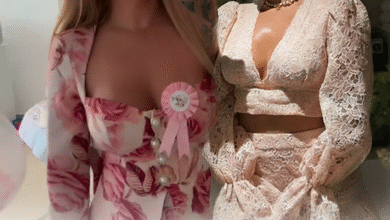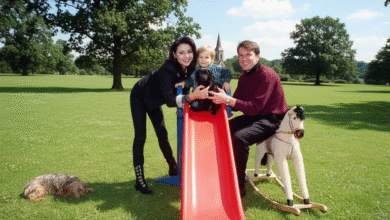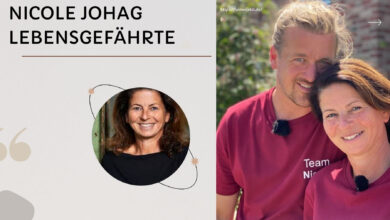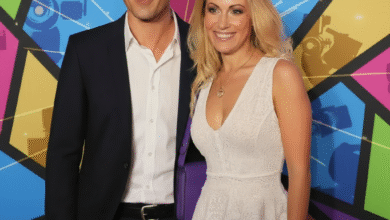Alice Weidel Ohrprothese: Fact or Internet Fiction?
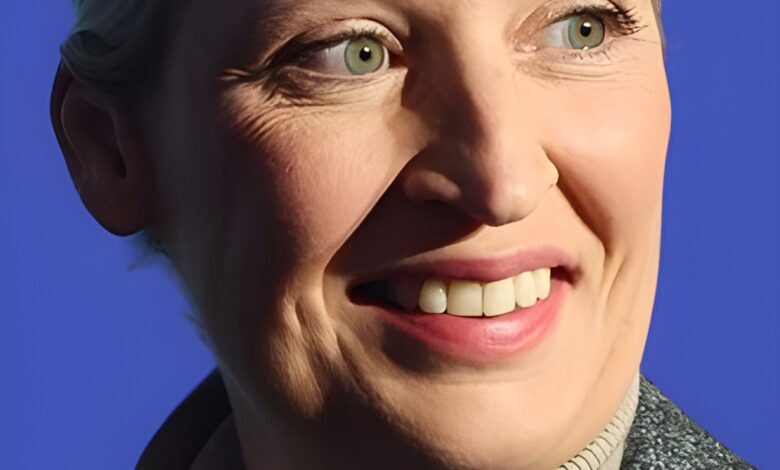
Introduction: What Is the Fuss About?
Over the last few months a curious term has been doing the rounds in German media and social media; it is called Alice Weidel Ohrprothese, which literally translates as Alice Weidel ear prosthesis. The question people are asking is: Does she wear one? Is it medical, cosmetic or it is merely a misinterpretation of photos? The concept has acquired an independent existence.
This paper sets out to explore what is actually known, what is claimed and what has not been proven. Where possible, we will look at sources, statements, and photo evidence. More to the point, we shall reflect on what this implies in terms of the spread of rumours about people in the news. Then strap in–this is a comprehensive tour of politics, vision and perhaps prosthetics.
Part 1: What the Butt is Alice Weidel and What Is All this Rumour?
Alice Elisabeth Weidel is one of the leading German politicians, the co-leader of Alternative for Germany (AfD), and one of the key figures of political discussions.
politico.eu
+3
Wikipedia
+3
Al Jazeera
+3
Her visibility ensures that all her physical appearances, gestures, or photographs are under the scrutiny of an eye- all her speeches, all her interviews, all her casual moments.
Since she is frequently in the publicity, the unrecognizable alterations to her appearance might be speculated upon. An example would be lighting, camera angles or hairstyles making shadows or distorting the appearance of features. Even minimal asymmetries or differences in ear shapes could induce some questions in such a situation: Is there anything else going on? In some cases, rumors such as the one about an ear prosthesis begin just because something seems to be different in pictures.
In addition, there is commonly the public suspicion attached to the leaders who have robust political profiles. The more polarising the figure the more rumours, either harmless or sensational, spread. The term Alice Weidel Ohrprothese is appealing to that dynamic: it is brief, provocative, and loaded, which can elicit either affirmation or rejection (not necessarily with any substantial evidence).
Section 2: What Is the Evidence?
Evidence is essential whenever one asserts that a popular personality has a prosthesis- and anything medical. We will see what (or what is not) there is.
Photographic and Visual Material.
Others are referring to pictures in which the ear of Alice Weidel appears not completely like before. Or maybe the lobe is a little bit less inward, or the light makes the ear smoother or more distinguished. According to others, angles distort certain common details. But, so far, no credible photo can be really seen of an ear prosthesis which could be, in any objective way, checked by experts.
Media Statements and Response.
Publicly, there is no medical confirmation by Alice Weidel, her doctors, or even her party that she has an ear prosthesis. No responsible news house has posted a statement that Weidel is using one. In the absence of that, it cannot be checked.
Furthermore, official biographical notes (like the page on Alice Weidel on the German Wikipedia) say nothing about ear prosthesis and hearing aid.
Wikipedia
+1
Typically, medical equipment or artificial limbs, particularly when noticeable, are subject to public documentation to the extent that they are admitted as such, however, in this instance nothing credible has been discovered.
Part 3: The Essence of the Rumour.
Since there is no tangible evidence, why is the story about the Alice Weidel Ohrprothese still going round? It is a combustion of psychology, media dynamics and social context.
Confirmation Bias and Visual Interpretation.
It is common to think what one wants to think or what one believes in based on what they have thought earlier. In case a person already does not trust or criticize Weidel, he/she will be more prepared to think that she is hiding something. In the same manner, even minor changes in appearance of a person, such as weight loss, change of hairstyles or jewelry can arouse a speculation. Eyes are deceiving and when something unusual is projected, our eyes deceive us.
Viral Amplification Social Media.
On forums such as Reddit, Twitter (or X), and forums in Germany, photos, comments, and memes go viral. One may leave a low-quality photograph and question whether or not anyone notices that her ear appears odd. Thence the question is a statement, and then, in certain quarters, a truth–although none may have actual evidence.
Moreover, such rumours are not recent; high-profile people are frequently victims of the accusations regarding non-obvious disabilities, beauty products, fake body parts, or implants. It is true, at times, and is not, frequently–but once spread, they become difficult to recall at all.
Section 4: Could It Be True? Exploring Possibilities
Not all of it has been recorded but it does not imply that the possibility is completely precluded. This is what would have to be the case had the rumour about the „Alice Weidel Ohrprothese“ really been true.
Medical or Cosmetic Necessity.
Ear prosthesis may be a medical necessity (following an injury, natural asymmetry, surgery) or a purely cosmetic one. In the case of Weidel, she could get a prosthesis to help re-appear or work well, in case she had undergone surgery or lost some of her ear.
In this instance, the prosthesis may be tailor made, skin tone and hard to tell. The prosthetic ears can even be quite real and particularly when they are fitted properly, then casual observation may not give anything conclusive.
Hearing Aid vs. Prosthesis
One should make an important distinction: a hearing aid enhances sound and can be placed behind or inside the ear; a prosthetic ear is an artificial item that replaces or strengthens a physical one. There are occasions rumours confuse the two. Some users may be mistaken by an observer as a prosthetic, or the other way around, the hearing aid.
Reasons why secrecy or non-disclosure should be motivated.
Probably there is some privacy consideration in case she had a prosthesis: medical privacy, stigma or just not wanting it to become a part of her image. There are a lot of celebrities who prefer not to reveal some details of their medical conditions. With this said, any claim, without any acknowledgement is a speculative one.
Section 5: Personal, Political and Ethical Consequences of Rumours.
True or not, there is a price to be paid when rumours are spread about something as purported as Alice Weidel Ohrprothese. We ought to comprehend them in order to determine whether such speculation is responsible.
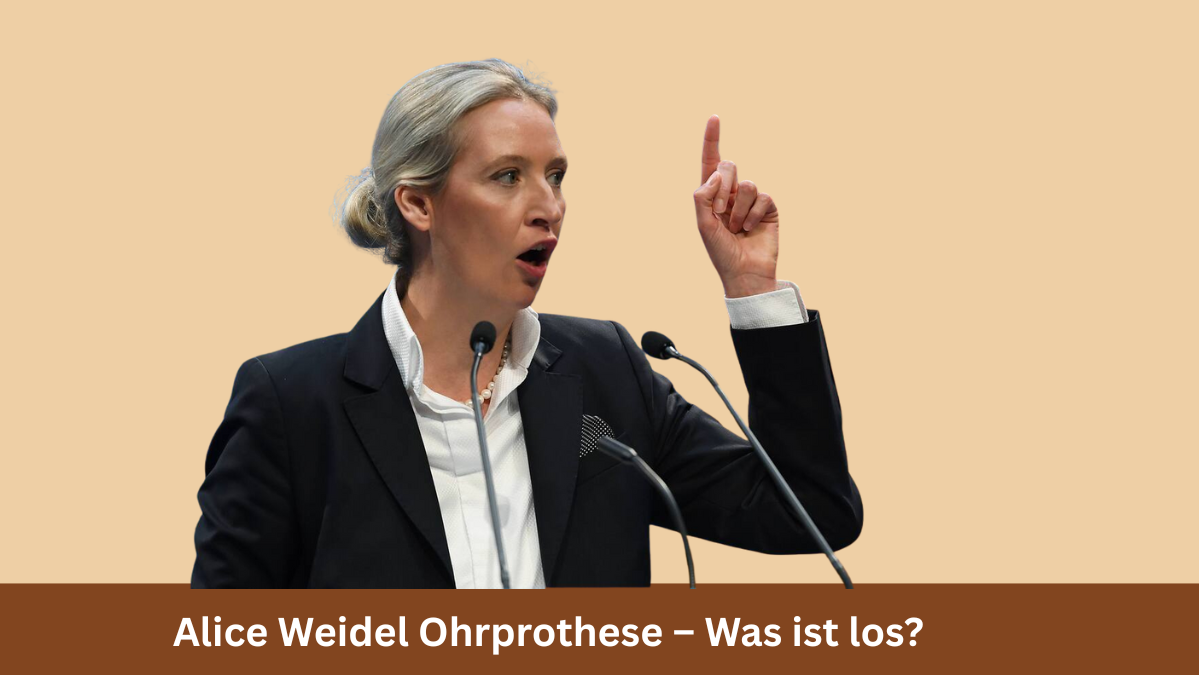
Personal Impact
Any rumours regarding medical or physical conditions might impact the dignity, privacy, and mental well-being of a person. Having the person being subject of speculation by the masses is intrusive, should he not have said anything. Conversely, with a medical reality, such rumours may compel such disclosure prior to being prepared.
Political Implications
Rumours, whether physical or medical, in politics can be a distraction on substance in policy. To critics, the assertion could be employed to undermine authority or put it into question. To the proponents, it may be swept away or disregarded. In any case, the discussion is not about what is important (ideas, policies), but what appears different.
Such rumours could also be utilized by the opponents as a component of the smear campaigns that may be real or border on conspiratorial. Political speech is not immune to this even where there is no intent to cause harm, as soon as the emphasis is put on looks rather than words.
Ethics in Journalism and conjecture.
It is the duty of the media and individuals: checking statements, finding medical proof, being cautious of speculation, which crosses the privacy line. Ethical journalism requires attention. In case of no medical affirmation or trusted source it is irresponsible to claim something as factual.
Section 6: What Can We Conclude?
Having considered all the evidence (or evidence-free) what is the sensible conclusion concerning the argument of the Alice Weidel Ohrprothese?
Unverified Claim: Alice Weidel and medical records have not given credible confirmation to represent that she has an ear prosthesis. The rumour is not supported by all the public sources that were consulted.
Misinterpretation Probable: There is a high probability that there is misinterpretation taking into consideration the ambiguity of photographs, use of light, angles, or even slight modification of cosmetics. Individuals will perceive what they anticipate to be the case, particularly in political leaders.
Rumour Power: The fact that the phrase „Alice Weidel Ohrprothese“ was persistently spread without being proven proves that a simple question can be expanded without proper basis. When on social media, rumours have the ability to feed of themselves and they hardly die silently.
Desire Compassion and Clarity: Regardless of the truthfulness of the rumour, it is important to treat such conjecturing with empathy (of the person) and critical thinking (of observers). There must be a degree of privacy of people in the limelight and there must be truthful information among the audiences.
Section 7: Expansive Lessons and Conclusions.
Let’s zoom out. What may we infer out of this–out of the case of Alice Weidel, in particular?
Media Consumption Critical Thinking.
Always check: Who said this? Is it photographically evident? Has the person confirmed it? When responses are not yes, then rumour is rumour. Media literacy wisdom indicates that exaggerations move quickly but recantations or explanations do not.
The Public Interest vs. Respecting Privacy.
Public curiosity is in conflict with the right to privacy. Certain medical circumstances or prostheses apply where they interfere with the public life or working of a person, whereas others are personal. It is up to factual evidence to determine what is newsworthy.
The importance of the Visual Perception and Human Biases.
Humans are programmed to perceive differences, asymmetry – faces, including ears. But vision is fallible. Perception gaps can be caused by optical illusions, shadows, minor physical variations, or just ordinary variation. You have to remember the proverb: not everything is what you can see with your eyes.
The ways in which Public Figures navigate Rumour.
In many cases, political leaders either refute the rumors or disregard them or even disapprove them. The decision on how to act (or not) is a strategic one. The silence may enable the rumours to be propagated; the denial may prove to be true in the minds of certain individuals. Either path has trade-offs.
Summary: The Tradeoff between Rumour and Reality.
In conclusion, there is no evidence that the statement „Alice Weidel Ohrprothese“ is a rumour. Although there are those who would assume it is something, there is no concrete confirmation that she has a prosthetic ear, whether medical or photographic. In the majority of cases, this perception may be caused by the visual misinterpretation, light, angles or just the wishful thinking of the viewers.
Nevertheless, the episode is an eye-opener regarding the ease at which rumours can spread, particularly in cases pertaining to famous people in the community. It teaches us the importance of evidence and to be cautious of sensational assertions and to treat other people with respect, whether such people are in the limelight or not.
In case in the future when there is credible evidence (confirming or disproving the claim on prosthesis), it will be relevant to update our knowledge. At that, until this time, one should consider the term, Alice Weidel Ohrprothese as a possibility, which is not proven yet–not a fact.

